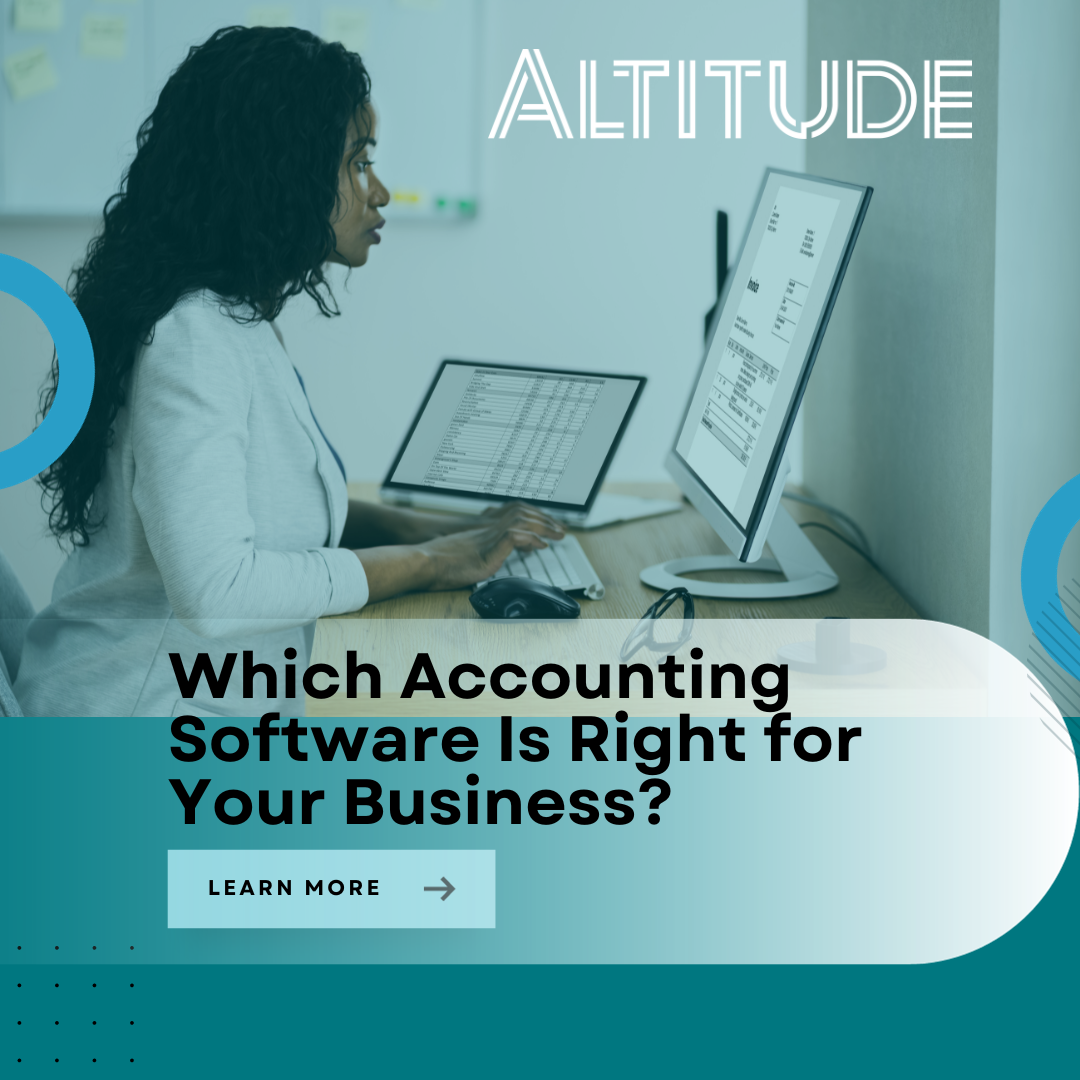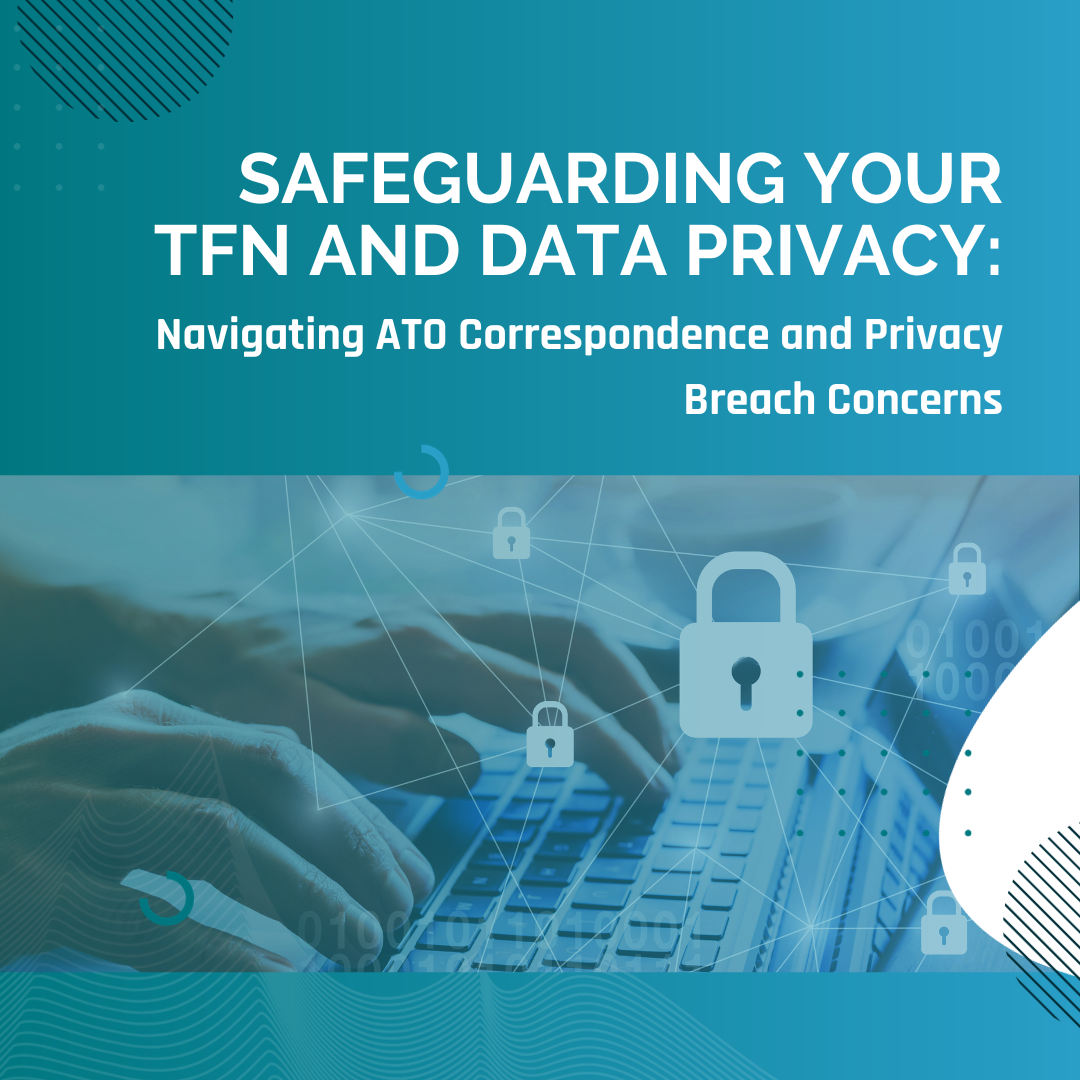
In today’s fast-paced business environment, choosing the right accounting software can make all the difference for professionals, executives, and business owners in Australia. With an array of options available, selecting the perfect fit for your financial and accounting needs can be a daunting task. We will guide you through the process by answering key questions and highlighting essential features to consider when evaluating accounting software and provide our opinion on the most popular software in the market today: Xero, Intuit Quickbooks and MYOB.
Key Tools and Capabilities for Businesses and Sole Traders
As a business owner or sole trader, the accounting software you choose should serve as your financial companion, offering indispensable tools and capabilities. Key features that you should be looking for when deciding which accounting software to use are:
- Invoicing and Expense Tracking: Efficient invoicing and expense tracking are fundamental. The software should allow you to create professional invoices, track payments, and monitor expenses effortlessly.
- Bank Reconciliation: Seamless bank reconciliation is vital for maintaining accurate financial records. Ensure that the software integrates smoothly with your bank accounts, allowing you to reconcile transactions with ease.
- Single Touch Payroll (STP): Software that can generate STP reports and submit them to the Australian Taxation Office (ATO) will not only ensure you comply with reporting requirements but will save you time as well.
- Financial Reporting: Comprehensive financial reporting is crucial for making informed decisions. Look for software that offers customizable financial reports, including profit and loss statements, balance sheets, and cash flow statements.
- Inventory Management: If your business involves inventory, opt for software that includes inventory management features to help you track stock levels, costs, and sales.
- Multi-User Access: If you have a team, consider software that allows multiple users with varying access levels to collaborate on financial tasks securely.
Bank Feeds Integration
Efficient bank feeds integration simplifies financial management. Choose software that offers automatic bank feeds and bank reconciliation. Software that can automatically import bank transactions into your accounting system reduces the need for manual data entry, saving you a lot of time. Furthermore, software that provides a seamless reconciliation process between bank feeds and your financial records is crucial to maintain accuracy.
Accounting Software for Single Touch Payroll (STP)
In Australia, STP reporting is mandatory for businesses of all sizes. The accounting software you choose should support STP by automating payroll reporting and allow for employee record keeping.
It is essential to look for software that can automatically generate STP reports and submit them to the ATO on your behalf to meet reporting requirements with ease. To assist with this, the software you choose should be able to maintain accurate records of your employees to assist with your payroll and STP reporting. This includes keeping records such as your employees’ tax file numbers and employment details.
Finally, ensure that the software you choose has the ability to be regularly updated to accommodate for changes in STP reporting requirements.
Accounting Software for Activity Statement Lodgements
If you have simple transactions in relation to Goods and Services Tax (GST) and Pay As You Go Withholding (PAYGW) it may be helpful for you to you choose an accounting software that can generate and submit the activity statements directly to the ATO for you. There is software available that can generate and populate activity statements accurately based on your financial data. Choosing a software that allows you to electronically lodge activity statements directly to the ATO, saves you time and reduces the risk of errors.
Other things to consider
Each business has unique needs when it comes to accounting software. Some other features you may want to consider when selecting the accounting software that will work for you is:
- Scalability: Choose software that can grow with your business. Ensure it can handle increased transaction volumes and additional users without significant disruption.
- User-Friendly Interface: An intuitive and user-friendly interface simplifies the learning curve and makes day-to-day operations smoother.
- Cloud-Based Accessibility: Cloud-based software allows you to access your financial data from anywhere with an internet connection, providing flexibility and convenience.
So… Which Accounting Software Is Right for You?
The three most frequent accounting software we see being used are Xero, Quickbooks, and MYOB. Each of these offer their own strengths and weaknesses, leaving it up to you and your needs to determine which one would be best for you.
XERO
- The most user-friendly software for “non-accountants”. It has a simplified interface and language, removing that barrier for some who may not have an accounting background, e.g., they make use of simple terms such as “spent” and “received” rather than “debit” and “credit”.
- Various training tools and help support online are available to assist users to make use of all the features available.
- Xero itself is a relatively basic product but has an extensive list of add-on applications that can be purchased separately to integrate into xero, such as stock or project management and complicated payroll requirements.
- PRICING – For one employee and a few invoices, you could use the Starter plan ($32/month), however the most effective subscription allowing automated superannuation is Premium 5 (currently starting at $85/month for 5 employees) may be the right subscription for you.
INTUIT QUICKBOOKS
- Quickbooks offers more capabilities within a subscription, compared to xero, at a lower price.
- It is not as user-friendly for “non-accountants”, with the automated bank reconciliation function less reliable compared to Xero. Some functionality is confusing, such as customising reports.
- Quickbooks also offers an extensive list of add-on applications that can be purchased separately to integrate, such as stock or project management and complicated payroll requirements.
- PRICING – Quickbooks is by far the most affordable software. While it starts at $25/month, this includes unlimited invoices and quotes, tracking of GST and e-lodge of BAS capabilities. If you require multiple users to log in, you will have to upgrade to the Essentials plan at $40/month and for inventory management you will require the Plus plan at $55/month. Payroll is separate to this, requiring $2.50/month be paid per employee.
MYOB
- MYOB has been the leading name in accounting software over the last 20 years. With this legacy and the arrival of cloud-based software, MYOB has struggled to shift quickly, allowing Xero and Quickbooks to increase their market share.
- Interface as hardly changed over the years is relatively user friendly. MYOB customers who are used to using it, will likely continue to use it.
- PRICING – Subscriptions start from $30/month but comes without payroll. You will need the Business Pro plan ($55/month) for unlimited employees in payroll. For inventory tracking, you will need the MYOB Business Accountright Plus plan ($136/month).
Altitude usually recommends Xero to business owners, but Quickbooks and MYOB should always be considered before making a decision. While more expensive, it is the easiest to use and most efficient software on the market. If you have employees, pay extra, and use the payroll and automated super function to meet ATO Single Touch Payroll and Superstream lodgement requirements. It is far quicker than using alternate, cheaper/free products.
The right accounting software can streamline financial processes, enhance compliance, and provide valuable insights. By considering the tools and capabilities your business needs, you can make an informed choice. Remember, the software you choose is not just a tool; it’s a strategic asset that can help drive your business towards success in the competitive Australian landscape. Make your decision wisely, and your accounting and financial management will become a breeze.
For expert guidance on selecting the ideal accounting software for your unique needs, reach out to Altitude Advisers today!


